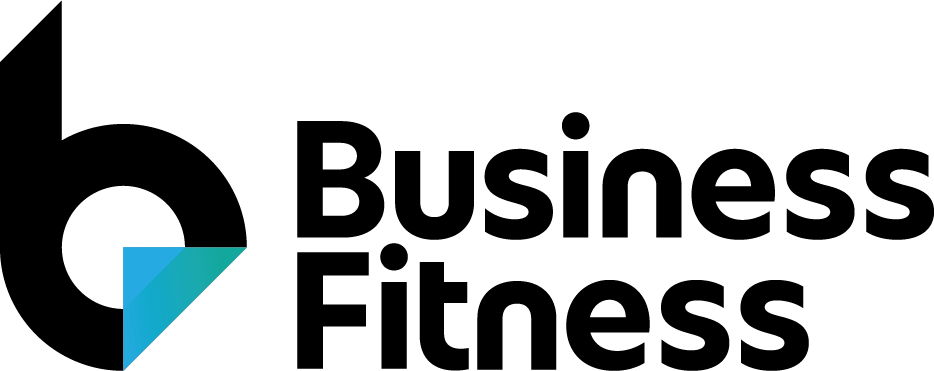Article Objective: To assist users in navigating the Active Platform to use the different functions available within Active Ledger & Reporting. Context: In general, it is advisable that each entity only has one Active Ledger file. You are able to create more than one dataset in each file (i.e. a dataset for 2021, 2022, Mid-Year 2023, budget etc). You would usually only have multiple Active Ledger files per entity where you want to experiment with copies of data or want to arrange an alternative chart of accounts. Please refer to the Glossary for definitions of key terms used in this article. |
Active Ledger file steps
Step 1: Create and import a dataset (datasets screen)
A dataset is a group of data, at its simplest form a trial balance, imported into the Active Ledger file. A dataset can contain all transactions for a certain period and can import monthly, quarterly, yearly data points into the system. This offers a wide range of flexibility when reporting.
For more information, refer to the dataset related articles sitting in the User Guides section.
Step 2: Allocate client accounts to the Active Ledger chart of accounts (accounts screen)
Importing data from sources (i.e. MYOB, Xero, Excel, etc.) into an entity creates accounts in the system. These accounts need to be mapped into their reporting categories. This is a mostly automated process and only requires a little tweaking.
For more information, refer to the accounts related articles sitting in the User Guides section.
Step 3: Connect to and complete Workpapers (workpapers screen)
Active Ledger connects to Active Workpapers and Business Fitness Smart Workpapers Suite. The Workpapers at their core import data from Active Ledger and allow auto-completion of reconciliation fields and form the base for compiling compliance jobs.
To find out more about Active Workpapers, see the knowledge article: Getting started guide (Active Workpapers).
Step 4: Complete asset reporting (assets screen)
The assets module is a complete asset management solution, providing features such as accounting and taxation depreciation, pooling, disposal of asset calculations etc.. In addition, it integrates with the reporting module to complement the financial reports.
For more information, refer to the assets related articles sitting in the User Guides section.
Step 5: Preparing reports (reports screen)
The reporting module is the output of all the other modules. It is a feature-rich reporting set which provides full financial reports and includes customisable notes and accounting policies. Reports can be printed by division and can also include trading accounts.
For more information, refer to the reporting related articles sitting in the User Guides section.
